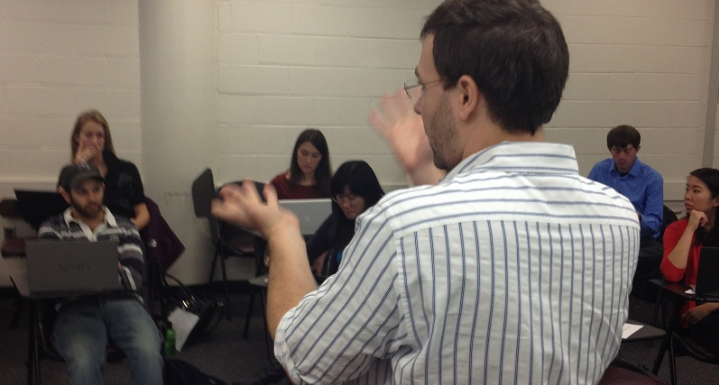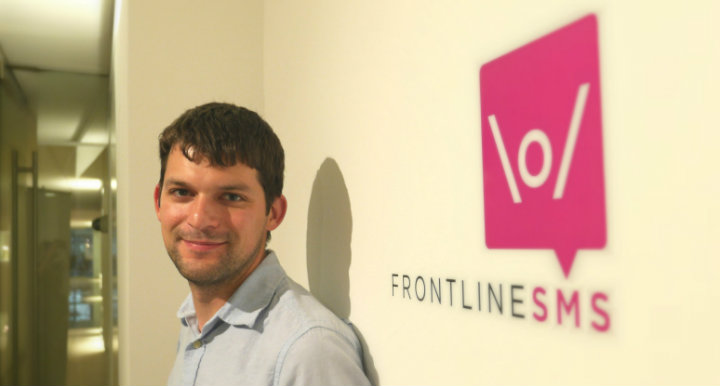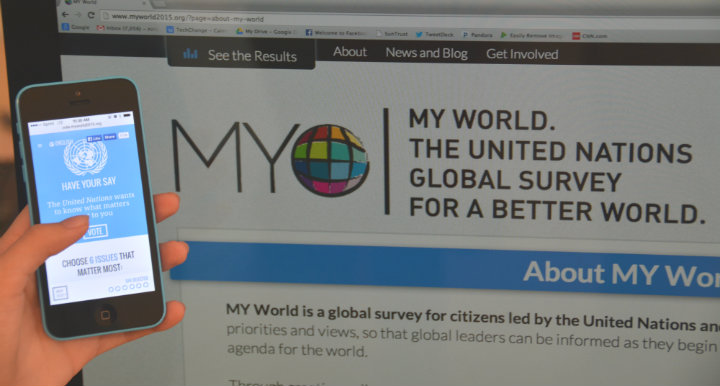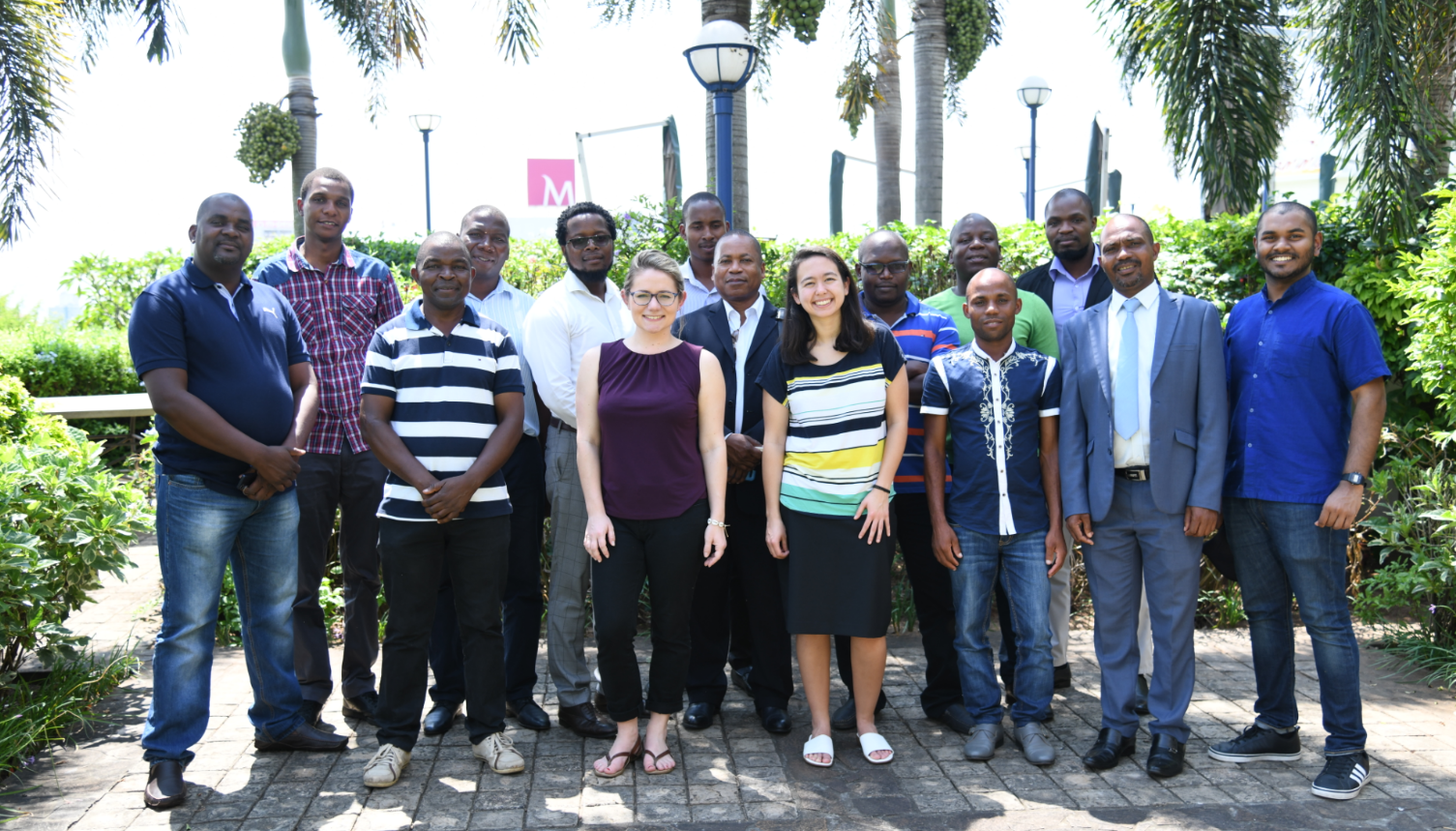When I graduated college two weeks ago, I thought I was done taking classes for a while. Yet, instead of hanging out with friends, finishing season 4 of Arrested Development on Netflix, or even going for a run, I spent my first weekend in DC back in a classroom.
Early Saturday morning, I joined Nick Martin, CEO, at George Washington University to assist him in teaching a two-day, graduate level course on using technology for crisis response and governance. This wasn’t your run of the mill course though. Rather than introducing theorists with lofty ideas, abstract from the reality of disasters on the ground, Nick crafted the course as a realistic, hands-on approach.
As a fun beginning to the day, Nick broke the students into small groups to learn how to use Twitter. Tasked with creating accounts that impersonated celebrities, some of the students crafted hilarious Tweets and interactions. Among my favorites:
Chillin’ at the Wall with my bros
— Jon Snow (@Twitsim3) June 15, 2013
From there, we examined a series of potential solutions for crisis response. We considered how mobile phones could be used to collect and analyze data, how we could use CrowdMap and OpenStreetMap to visualize data and dynamically respond to changing geographies, and how social media could be leveraged in conflicts to raise money or locate survivors. This overview of the different platforms allowed us to focus on both the benefits of each solution and, more importantly, the limitations.
The second day of the course featured more hands on implementation of technologies and zombies.
Yep. Zombies.
In this simulation, we were preparing for an inevitable invasion of zombies in Washington, DC. New York City had already fallen, so the students had to design and implement plans for both alerting citizens of the apocalypse and ascertaining how prepared they were. By trying to implement tools such as FrontlineSMS, Magpi, Open Data Kit, and FormHub in a disaster scenario, it quickly became apparent that certain tools were preferable for certain scenarios. For instance, while FrontlineSMS would be fantastic for disseminating information, it would be challenging to run a survey on it. Open Data Kit and Magpi work wonderfully if you have an Android phone, but falters on an iPhone. Formhub, while offering both an Android app and a web-based form, can only accept surveys created in a .xls file type—definitely not prohibitive, but it does require an extra layer of expertise.
After we saved the world, or at least DC, from zombies, we explored a few tools in the sector of finance, health, and governance. Among the highlights for me were m-Pesa, a fascinating mobile-based money transfer system started in Kenya; MAMA, the Mobile Alliance for Maternal Action, which sends valuable information to pregnant women concerning caring for their child; and CrowdHall, a rethinking of the town hall meeting for the digital age.
Both the breadth and the depth possible in these two days impressed me. The number of tools we used demonstrated the tremendous advances and potential of technology to address crises as they arise. Despite my belief that I could avoid a classroom for a few years, exploring these potential solutions was the best possible foray back into education.




